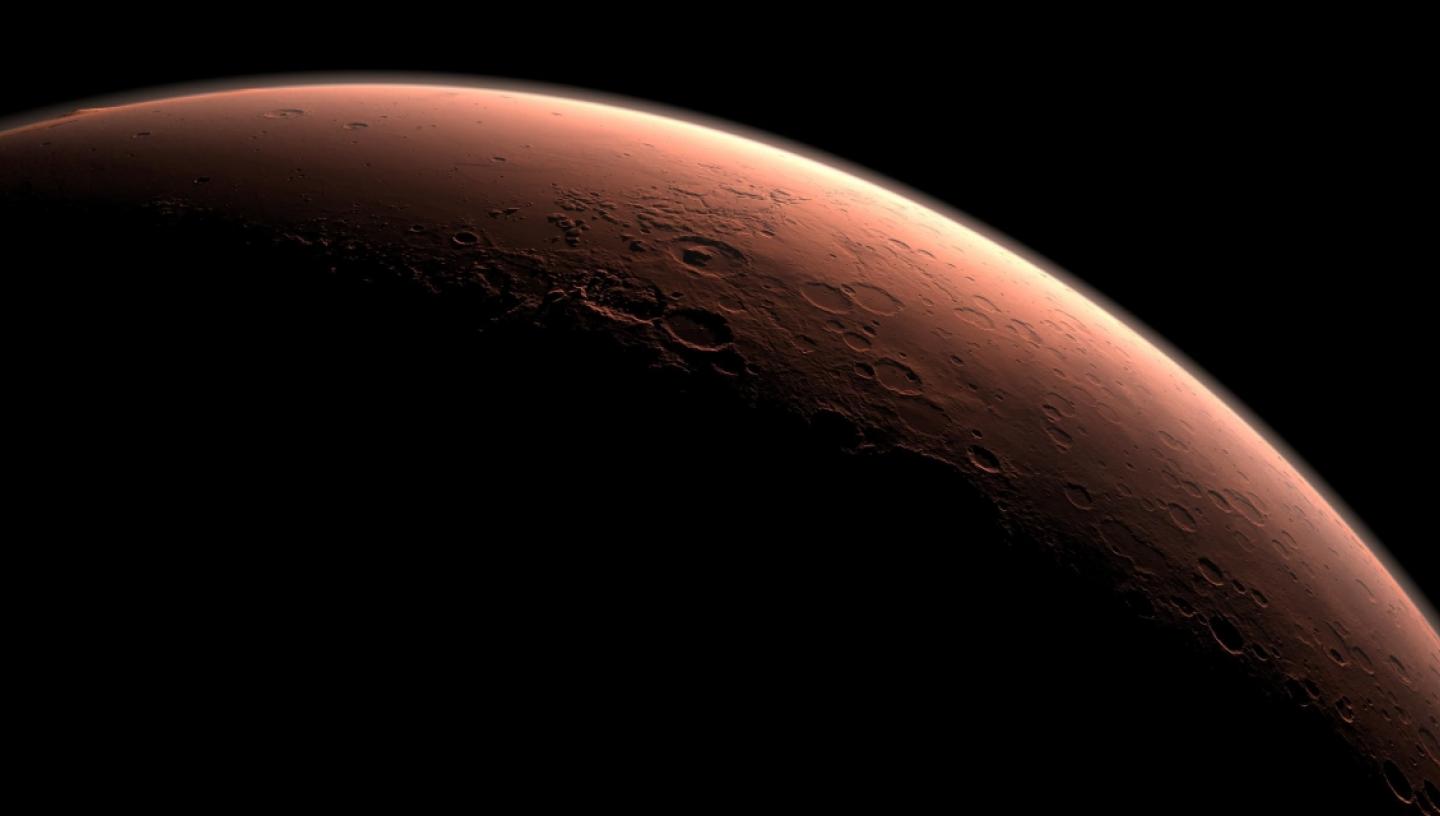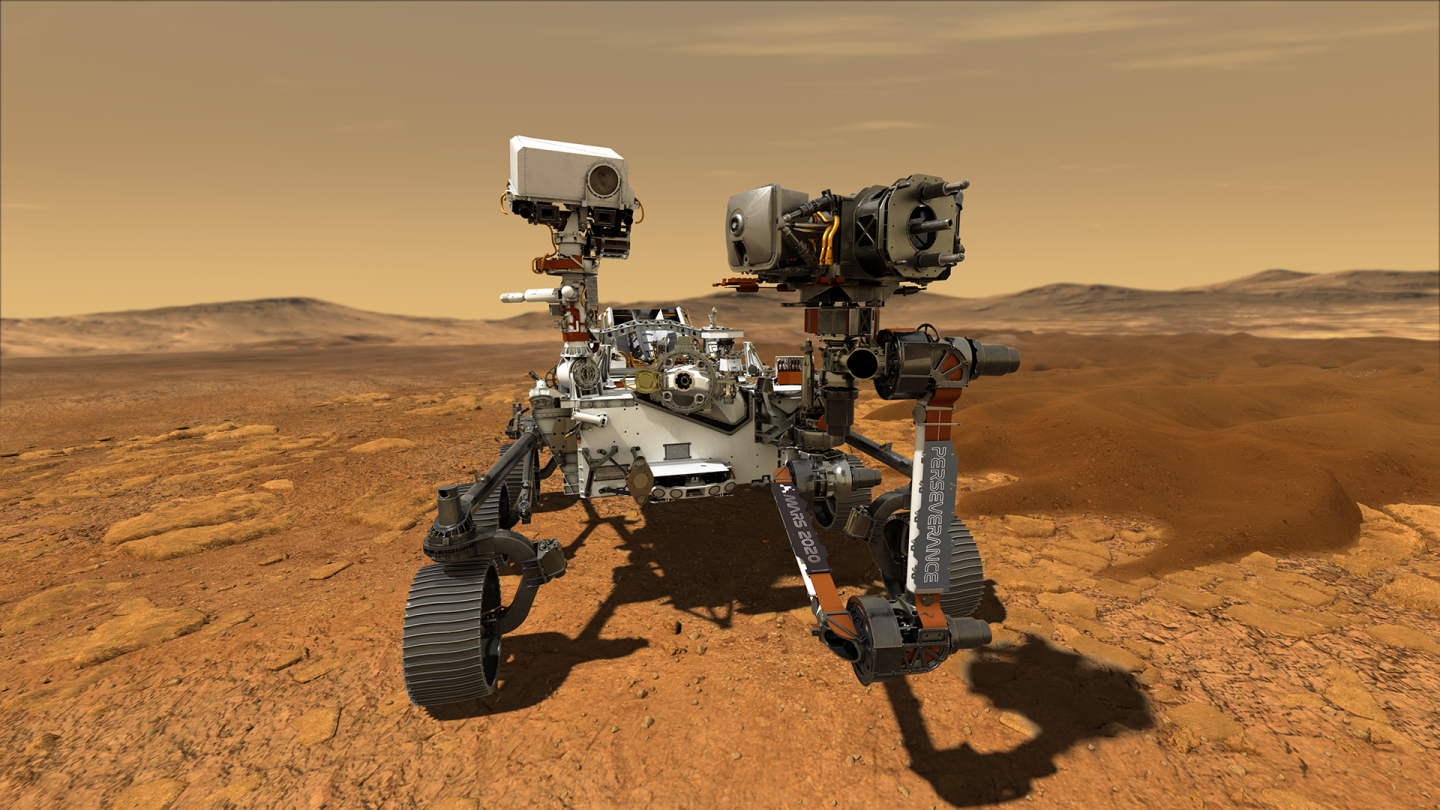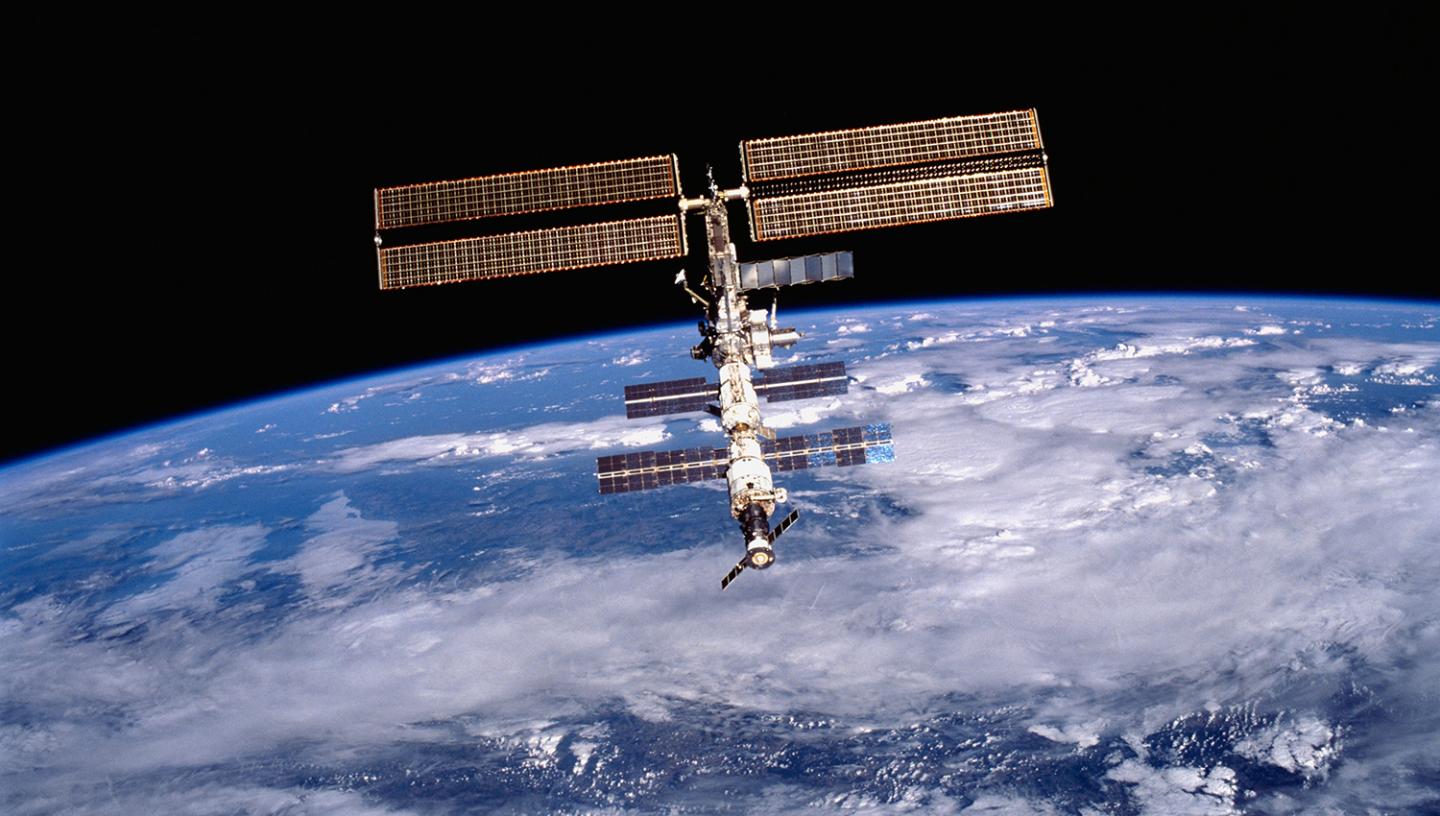
This page will be regularly updated with information about key space missions taking place in 2021, from NASA's Perseverance Mars mission to the launching of the James Webb Space Telescope.
These dates are subject to change. Information comes courtesy of NASA, the European Space Agency, SpaceX, Boeing and more.
Many of these missions will be streamed live. Where possible, we will include details on how to watch the key events online.
To find out about general night sky events and highlights, check out our monthly stargazing blog from astronomers at the Royal Observatory in Greenwich.
Perseverance Rover Mars landing

What is the Perseverance Rover? This is NASA’s latest mission to explore Mars.
The new NASA Mars rover launched in July 2020, and is due to land on the surface of Mars on 18 February 2021.
The rover will search for signs of life, collect rock samples, and test a new technique for producing oxygen from the Martian atmosphere which could pave the way for future human missions to Mars.
Perseverance features a number of new scientific instruments, including a drilling tool designed to extract and ‘cache’ rock samples that could be brought back to Earth by future missions. It also includes a tiny ‘helicopter’, designed to explore Mars from the skies.
Perseverance rover landing date: 18 February 2021
Tianwen-1 landing
What is Tianwen-1? This is China’s combined mission of a Mars orbiter, lander and rover.
The mission will take an exciting development in April as the lander and rover elements are due to land on the Red Planet.
If successful, the China National Space Administration will be the second space agency after NASA to land a functional mission on Mars. The mission aims to seek out pockets of subsurface water and lay the foundations for a potential sample return mission to Earth.
Tianwen-1 landing date: after 23 April 2021
Boeing CST-100 Starliner
What is Starliner? SpaceX is not the only company working to transport astronauts to the International Space Station. Boeing’s spacecraft, known as CST-100 Starliner, is also designed to carry both crew and cargo to the ISS.

In December 2019, Starliner was meant to complete a full uncrewed test flight to the ISS and back. However, an issue with the craft's onboard timing system meant that the capsule found itself in the wrong orbit, and could not complete its docking with the space station.
The capsule did later successfully return to Earth and land safely in New Mexico, but it will now have to complete another test flight before the project can proceed.
Boeing CST-100 Starliner launch date: 29 March 2021 (crewed flight to take place no earlier than June)
Artemis Moon missions
What is the NASA Artemis Program? NASA aims to land the first woman on the Moon and the next man on the Moon by 2024. This mission is known as the Artemis Program (Artemis was the twin sister of Apollo in Greek mythology).

The timeframe is ambitious, and there will be a number of stages before that final mission in 2024. Artemis 1 is the first milestone: the mission is designed to test the crew spacecraft Orion and NASA’s new Space Launch System (SLS), the most powerful rocket NASA has ever built.
The three-week-long Artemis 1 spaceflight aims to travel 280,000 miles from the Earth and thousands of miles beyond the Moon before returning home. Crewed Artemis missions will follow, culminating in humans returning to the Moon’s surface by 2024.
Artemis NASA launch dates
- Artemis 1: 2021 (TBC)
- Artemis 2: 2022-2023 (TBC)
- Artemis 3: 2024
OSIRIS-REx asteroid mission
What is OSIRIS-REx? The NASA mission is designed to travel to a near Earth asteroid called Bennu and bring a small sample back for study.
The mission launched on 8 September 2016 and made rendezvous with Bennu on 3 December 2018. In Mars the spacecraft will begin its two-and-a-half-year journey back home.
OSIRIS-REx has collected samples from the surface of the asteroid and stored them to be safely returned for study back on Earth, where scientists hope to learn more about the early formation of the solar system and if there are any organic compounds key for life.
OSIRIS-REx return launch date: March 2021
James Webb Space Telescope launch
What is the James Webb Space Telescope? Successor to the Hubble Space Telescope, the James Webb Space Telescope (JWST) is due to launch in October 2021 after many years of delays.
The new telescope will have a mirror capable of collecting over six times the amount of light compared to Hubble, meaning it will see more and see further. JWST will also see in different wavelengths of light to Hubble, making use of the infrared part of the electromagnetic spectrum, giving us brand new views into the Universe!
James Webb Space Telescope launch date: 13 October 2021
